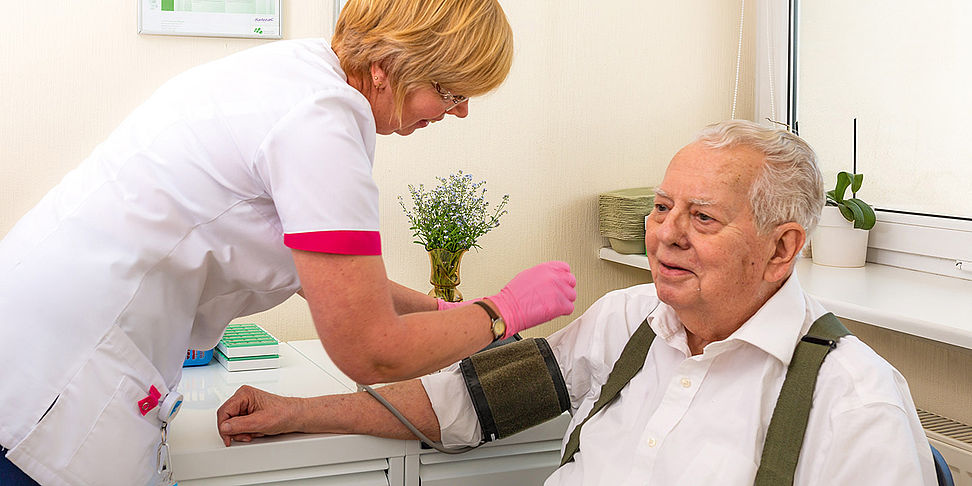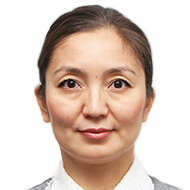According to materials prepared by Triin Habicht, a renown health economist from Estonia (WHO consultant) and her colleague Kaija Kasekamp (University of Tartu), the Estonian Insurance Fund started financing nursing services in assisted living facilities since 2020 and providing access to nursing care is an option, not an obligation.
Initially when the change was introduced in 2020, the provision of services remained limited. The total budget for nursing care in elderly care facilities was 2.5 million EUR in 2020, but it more than doubled in 2021 to 6 million EUR to expand the service. Even smaller facilities with a total bed count of less than 20 beds received funding for 20 residents to increase the motivation for service provision. There are 179 elderly care homes in Estonia and nursing care is provided in 132 facilities. In these facilities, services are provided by 62 different healthcare providers.
In Estonia, assisted living services provided outside of the home is a social service organized by local municipalities. The objective of assisted living facilities is to ensure that when that person is temporarily or permanently unable to live independently at home due to reasons relating to state of health, operational capacity or physical and social environment, they are able to continue their life in a safe environment.
The quality of and access to the nursing care services for residents in assisted living facilities has been an issue for a long time according to Triin Habicht. In 2017, the Health Board survey showed alarming variations in quality and access due to the limited availability of nursing professionals in care homes as well as difficulties in accessing family doctors in case of health problems. Also in 2017, the Task Force of Care Burden made a recommendation to improve the access and quality of nursing care for residents in assisted living facilities.
As a response, the Estonian Health Insurance Fund (EHIF) will begin to finance nursing care for assisted living facilities by using a monthly capitation payment for each resident. The new requirement, set by the EHIF, is to have one full time nurse per 40 residents in assisted living facilities. The objective is to improve the access to the nursing care in assisted living facilities and to reduce avoidable ambulance care calls and visits. However, the provision of nursing care remains a voluntary option for assisted living facilities in 2020 and less than half are ready to make the service available, mostly due to unavailability of nursing staff.
In general, financing nursing care more than doubled from 2.5 million EUR in 2020 to 6 million EUR in 2021 and this trend indicates the domestic priorities in health care planning and financing.
Sources:
https://www.hspm.org/countries/estonia05112013/countrypage.aspx
Photo by Kursana Merivälja Pansion in Tallinn at https://www.kursana.ee/merivaelja-pansion/care/


